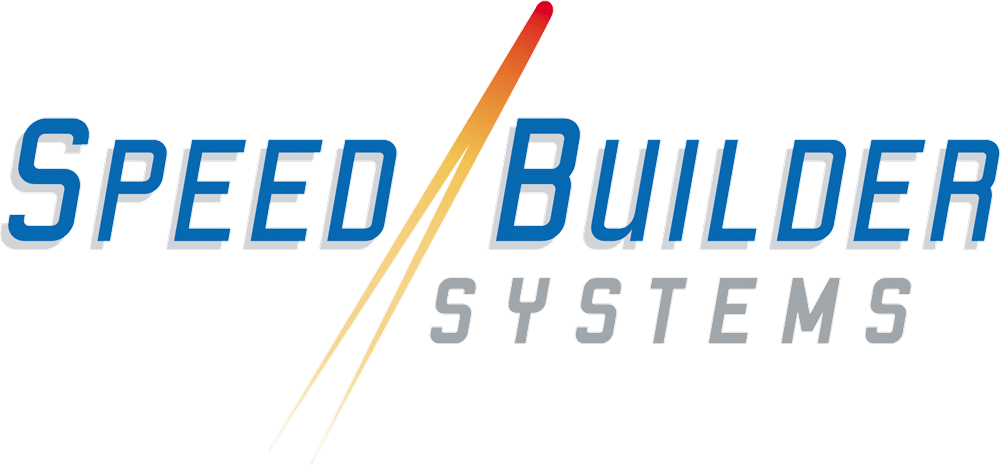Blog

Technology Can Improve Profitability While Lowering Property Insurance Premiums (Even in Florida)
Even before Hurricane Ian caused damage that could reach or exceed $70 billion, homeowners in Florida were already facing higher premiums for their property insurance in the year ahead. The cost of insuring a home in most parts of the state has been escalating for years.
Now, some industry analysts say the average homeowner could spend 40% more next year because of the Category 4 storm.
A special session of the Florida legislature is set for December to address insurance issues related to Hurricane Ian. Lawmakers will likely build on the strategies they devised during the special session held in May to provide relief for both policyholders and insurers.
While legislative measures will be necessary to make the state’s marketplace more viable for insurers and make property insurance more affordable, technology could also play a role in accomplishing these goals.
Personalized Coverage
Artificial intelligence and machine learning are revolutionizing entire industries, from health care to banking and finance. These and other advanced technologies are making it possible to provide consumers with highly customized options that are more efficient, more effective and more desirable.
Pay-as-you-drive and pay-per-mile auto insurance are examples of how technology is changing the world of insurance. Consumers appreciate being rewarded for good behavior through discounts on their premiums. They also appreciate the ability to pay only for the coverage they need, based on their usage.
These same principles can be applied to property insurance.
Rethinking traditional property insurance policies
Currently, most property insurance policies are structured to automatically cover any risk not explicitly omitted in the policy (“all risks”). Most policies also pay the replacement cost for damaged property, with no deductions made for depreciation.
But if insurers could offer coverage per endorsement — sort of a cafeteria-style policy — then consumers could pay only for the coverage they need or want, and insurers could charge a premium based on that coverage.
Let’s take roof coverage as an example, since fraudulent claims for roof replacement are a key driver in Florida’s exorbitant property insurance prices. Insurers could offer roof coverage on an actual cash value basis, which would take depreciation into account in the event of a loss. Homeowners who want replacement cost coverage could obtain an endorsement with their policy and pay the higher premium.
Separate endorsements could be offered for other structures on the homeowner’s property, such as unattached carports, decks and screened-in patios.
3-D imaging can even be used to advise homeowners (and business owners) of potential risks so they can take steps to harden their property and mitigate the damage if an event such as a hurricane or earthquake were to happen. Those who do follow through could be rewarded with a reduced premium.
How Technology Makes It Possible
Offering such customized policies sounds like a lot of extra effort, but advanced technology can lighten the workload for underwriters and adjusters — and make pricing more accurate.
Generating the data. Satellite-generated radar imagery, earth observation technology, drones, robots armed with specialized cameras and other technology can be used to gather comprehensive data in real time.
Insurance risk surveyors and adjusters don’t need to travel or be on-site to conduct their assessments, and the data can be stored in the cloud for analysis at any time. Survey forms can be tailored to accommodate unique risk exposures. Automated risk reporting can replace manual risk reporting.
Automated data entry, data mining and underwriting. Optical character recognition and similar technologies reduce the need for employees to perform repetitive data entry tasks.
Artificial intelligence and machine learning can swiftly process mountains of data, allowing underwriters to focus on risk analysis rather than spending the majority of their time searching for information. In addition, machine learning algorithms can provide insights by connecting data points and identifying patterns that might otherwise go undetected.
Simplified Access, Improved Results
If all this talk of technology leaves you with the impression that the future of insurance will be overly complicated or complex, take heart. You don’t have to understand how the technology actually works in order to take advantage of it.
Fortunately, there are robust, easy-to-use systems available to small and mid-size carriers that provide access to many of the benefits these advanced technologies offer. If you’d like to learn more, let us know.
